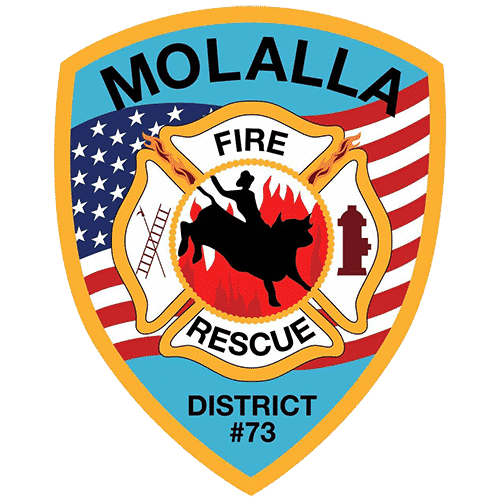Heat Related Illness
Heat Stroke
The most serious form of heat-related illness, happens when the body becomes unable to regulate its core temperature. Sweating stops and the body can no longer rid itself of excess heat. Signs include confusion, loss of consciousness, and seizure. Heat stroke is a medical emergency, Call 911 immediately.
Heat Exhaustion
The body’s response to loss of water and salt from heavy sweating. Signs include headache, nausea, dizziness, weakness, irritability, thirst, and heavy sweating. Sit or lie down in a cool, shady area and drink plenty of water. Cold compresses/ice packs and go to a clinic or emergency room for a medical evaluation.
Heat Cramps
Caused by the loss of body salts and fluid during sweating. Low salt levels in muscles cause painful cramps. Tired muscles, those used for performing work, are usually the ones most affected by cramps. Cramps may occur during or after working hours. Rest in a shady, cool area. Drink plenty of water and wait a few hours before returning to strenuous work.
Heat Rash
Skin irritation caused by sweat that does not evaporate from the skin. Heat rash is the most common problem in hot work environments. Characterized by clusters of red bumps on the skin and often appear on the neck, upper chest, and folds of skin. Try and work in a cooler, less humid environment when possible and keep affected area dry.
Protect your Home, Property & Forest from a Wildfire
Homeowners can take steps to protect their property and help alleviate the spread of wildland fires. To be safe, you must carry out certain fire-protection measures before a fire even starts.
Defensible Space
The area around a home or other structure that has been modified to reduce fire hazard. In this area natural and man made fuels are treated, cleared or reduced to slow the spread of a wildfire.
Zone 1: The area nearest the home and other structures stretching 15-30 ft outward from the structure. This zone requires maximum hazard reduction. Irrigate grass, remove dead branches, stems and leaves, and remove pine needles and other debris from roof/gutters.
Zone 2: The transitional area of fuels reduction between zones 1 and 3 extends at least 100 feet from all structures. Remove diseased, dead or dying shrubs. Remove enough trees and large shrubs to create at least 10 feet between crowns. If you have a driveway that extends 100 feet from your home, thin trees within a 30 foot buffer. As in zone 1, the more trees and shrubs removed, the more likely your house will survive a wildfire.
Zone 3: The area farthest from the home that extends from the edge of zone 2 to your property boundaries. Limit snags to 2-3 per acre and make sure snags pose no threats to power lines or fire department access roads. While mowing your grass in this zone is not necessary, any approved method of slash treatment is acceptable.
